1. Set Up a Cozy Sleeping Area
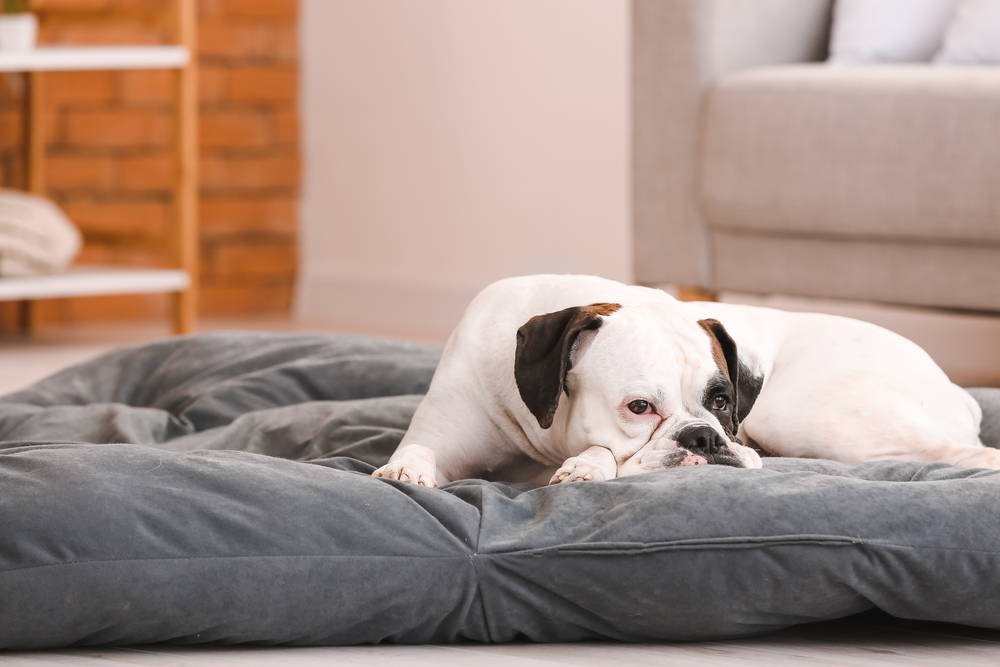
Create a comfortable, quiet spot for your dog to rest, whether it’s a dog bed, crate, or a designated corner. This helps your new pup feel safe and gives them a personal space to retreat to.
2. Buy the Right Food and Bowls
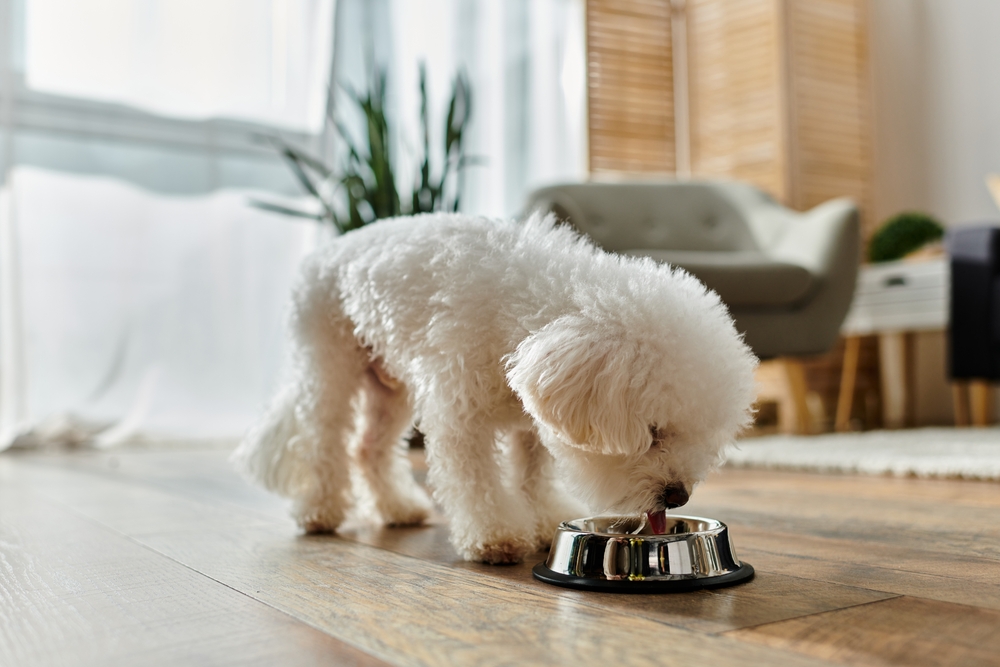
Ask about the best food for your dog’s breed, age, and size, and stock up before they arrive. Make sure to have sturdy, non-slip bowls for food and water—consider elevated bowls for larger breeds or senior dogs.
3. Gather Basic Grooming Supplies
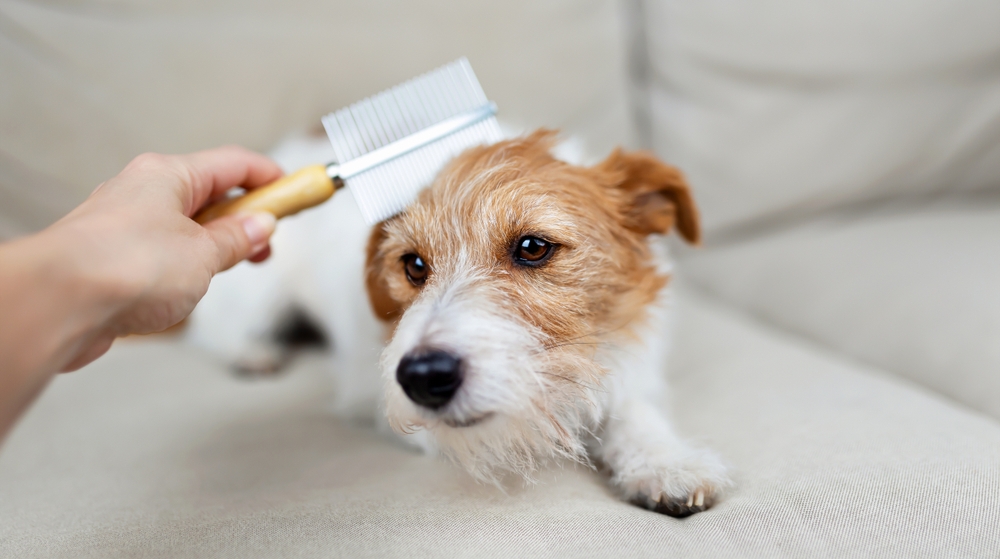
Start with essentials like a dog brush, nail clippers, shampoo, and a toothbrush. Regular grooming keeps your dog healthy and can be a bonding experience that helps them settle in.
4. Secure a Collar, Leash, and ID Tag
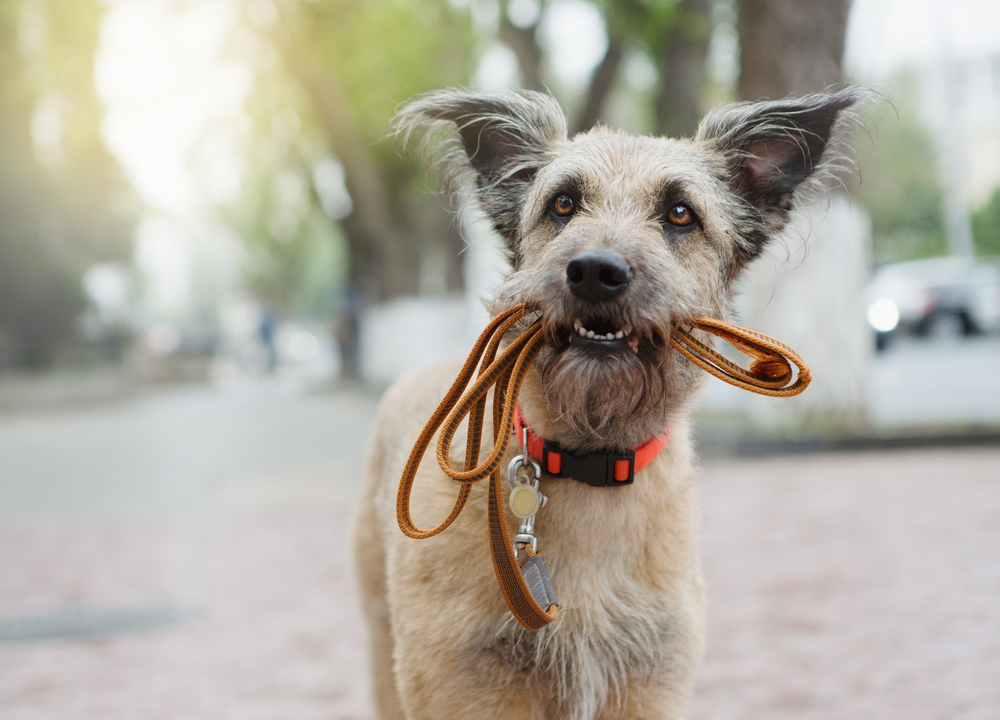
Choose a comfortable collar and leash that suit your dog’s size and strength. Don’t forget an ID tag with your contact information in case they wander off as they’re getting to know their new surroundings.
5. Dog-Proof Your Home
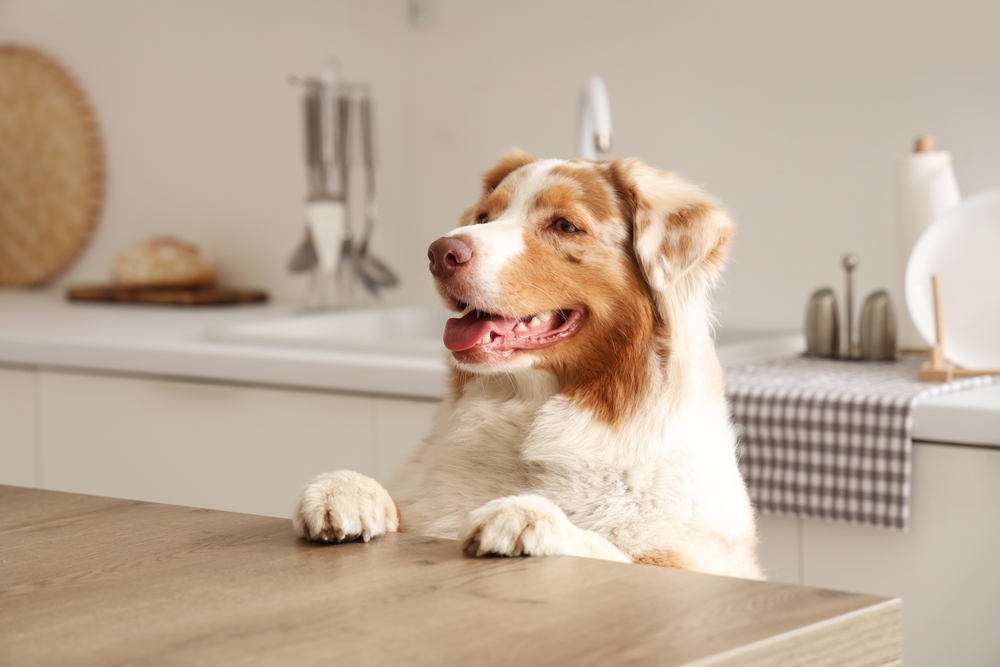
Remove any hazards like exposed wires, small objects, and toxic plants. Make sure items that could tempt a curious dog are out of reach to prevent accidents as they explore.
6. Prepare a Potty Training Setup

For puppies, consider puppy pads or a designated indoor area to help with potty training. If your dog is older, set up an outdoor space and be ready to introduce them to it consistently.
7. Stock Up on Cleaning Supplies
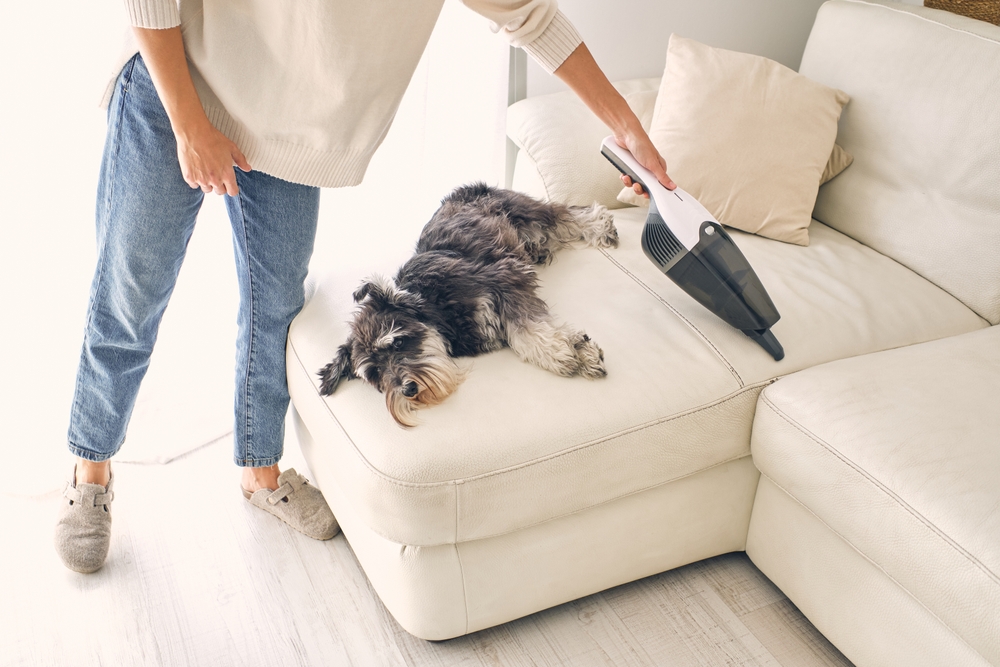
Accidents happen, especially with a new dog! Pet-safe cleaning products, odor removers, and a handheld vacuum can help keep your home fresh and clean while your new friend adjusts.
8. Create a Safe Space for Alone Time
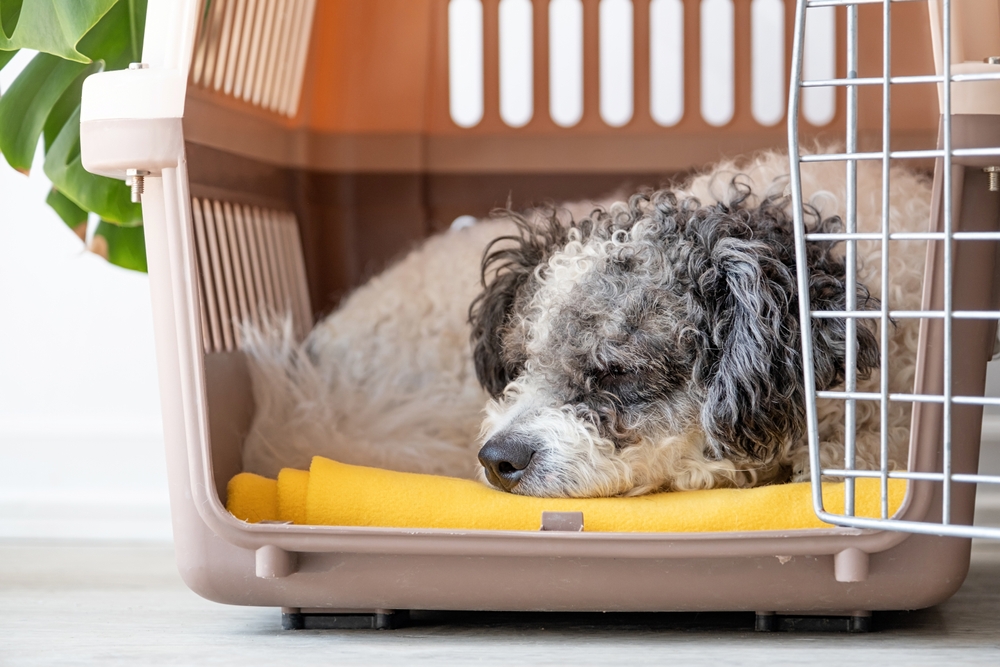
A quiet, contained area like a crate or a playpen can give your dog a place to unwind. This will help ease any separation anxiety and give them a safe zone when they need some quiet.
9. Get Some Engaging Toys
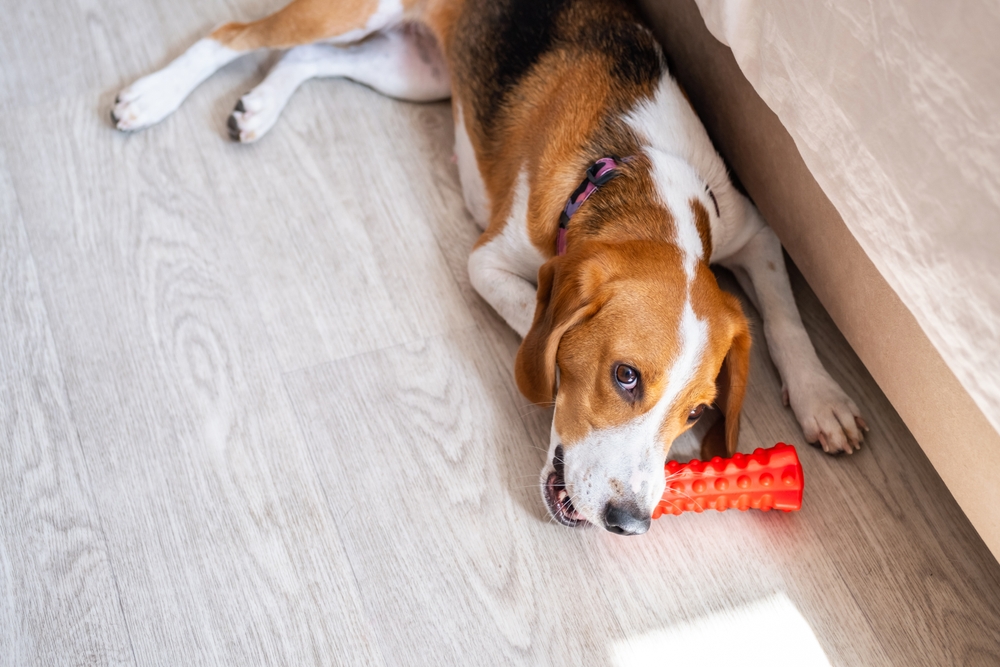
Pick out a variety of toys—chew toys, puzzle feeders, and plush toys can all keep your dog entertained and help prevent boredom. Toys also give them a safe outlet for natural behaviors like chewing and digging.
10. Set Up Gates or Barriers if Needed
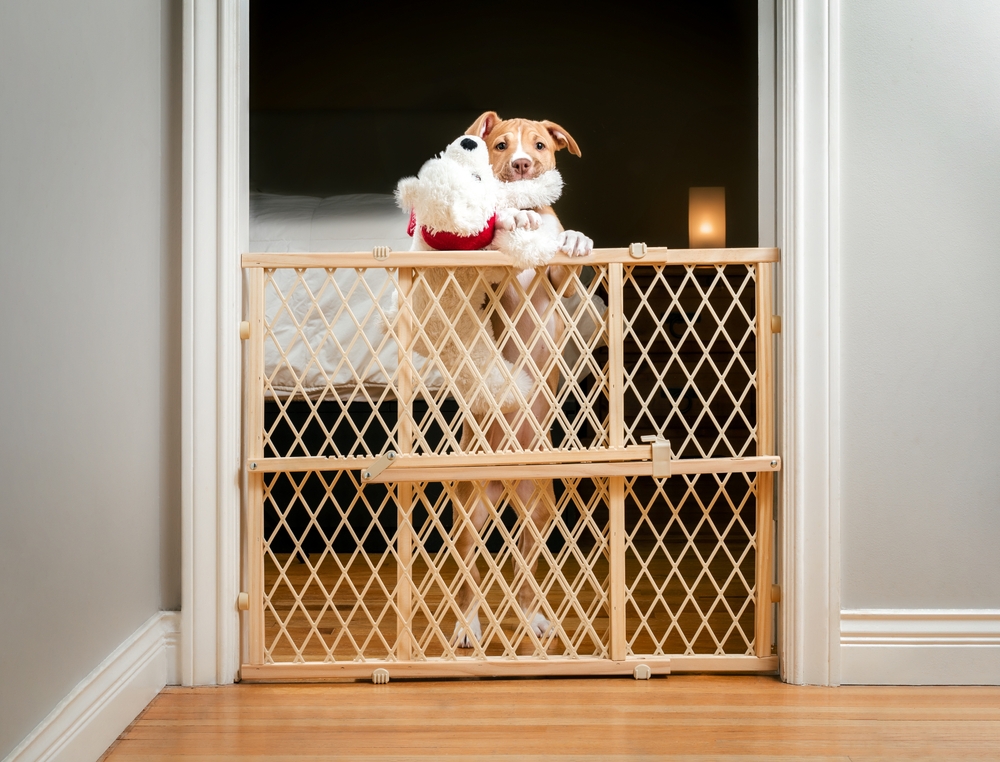
To manage where your dog can roam, consider using baby gates or pet barriers. These are especially helpful in keeping them away from dangerous areas like kitchens or stairs.
11. Gather Treats for Training

Training treats are perfect for bonding and teaching good behavior. Choose healthy, low-calorie treats and use them to reward your dog for positive behaviors as they learn the rules of their new home.
12. Designate a Feeding Routine
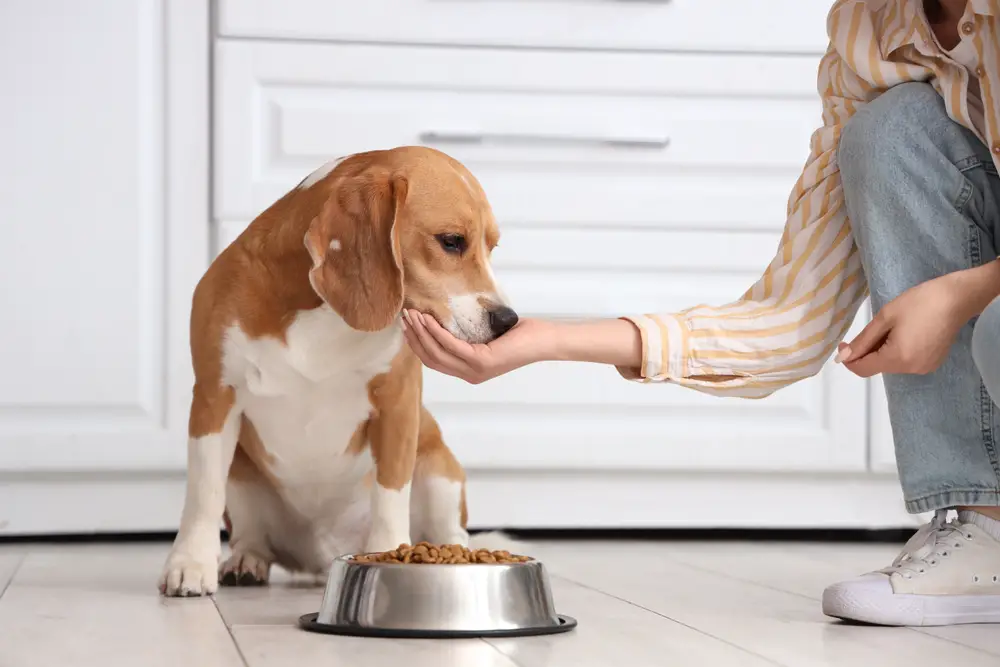
Dogs thrive on routine, so decide on a feeding schedule before they arrive. Knowing when to expect meals can help ease anxiety and build trust during the transition.
13. Plan a Vet Visit
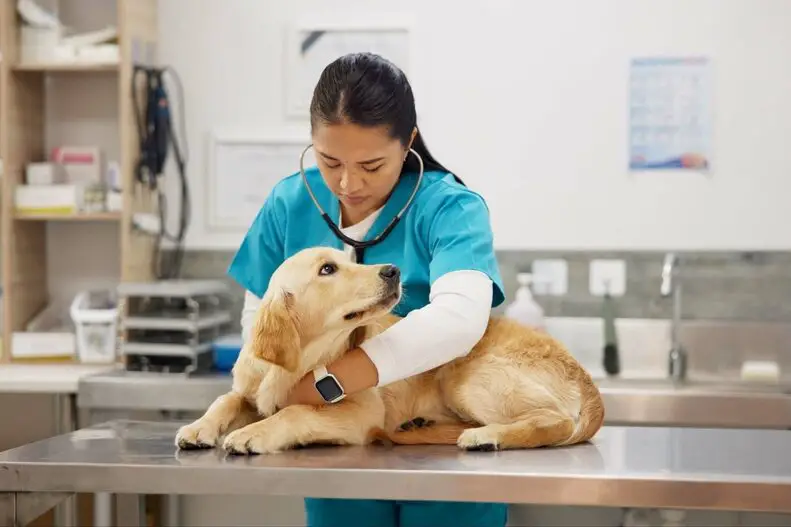
Schedule an initial vet visit within the first few days to discuss vaccinations, preventative care, and any questions you may have about your new dog’s health. This helps establish a positive association with the vet from the beginning.
14. Find a Spot for a Dog Waste Disposal System
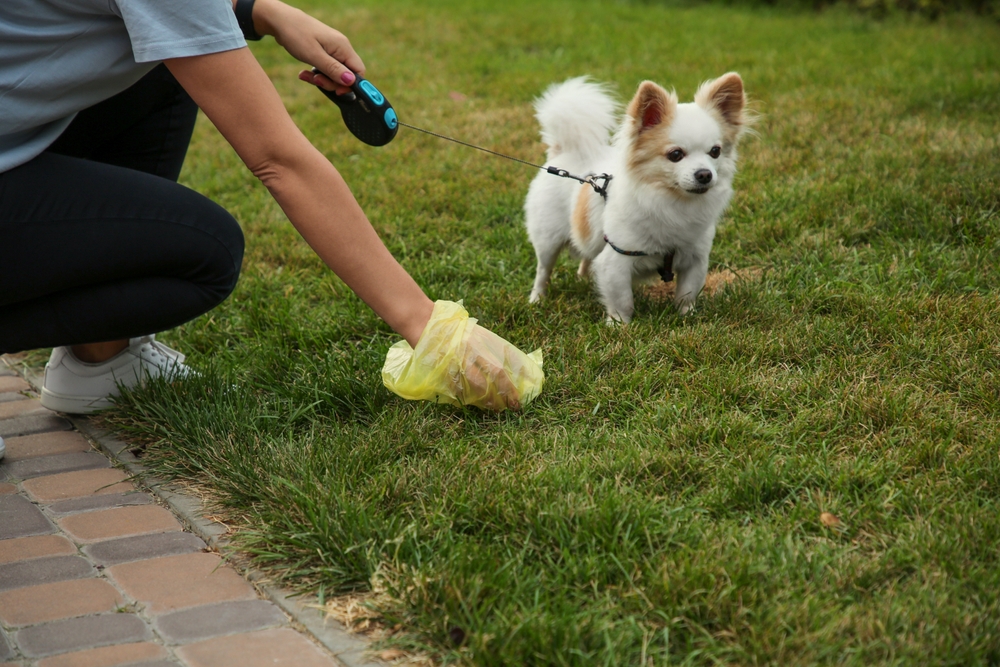
Setting up a waste disposal area outside or using dog waste bags helps keep your yard clean and reinforces outdoor bathroom habits. For apartment dwellers, consider a dedicated indoor disposal solution.
15. Set Clear House Rules
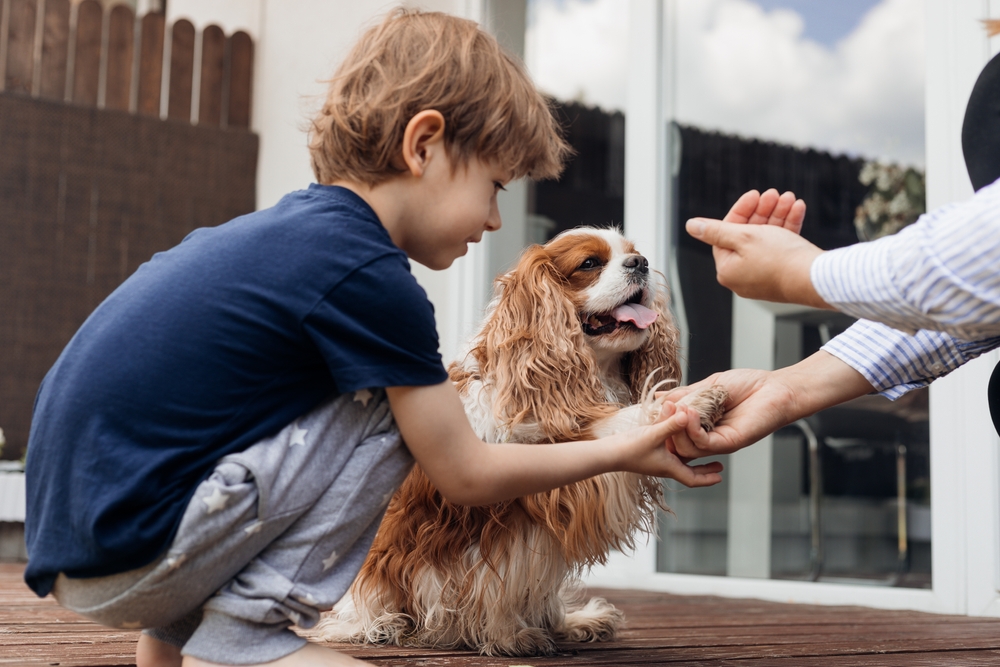
Decide on rules for things like furniture access, bed-sharing, and where your dog is allowed to go. Consistency from day one helps avoid confusion and sets up clear expectations.
16. Get a Dog First Aid Kit

A dog-specific first aid kit with items like antiseptic wipes, bandages, and tweezers can be a lifesaver for minor mishaps. Knowing you have essentials on hand can give peace of mind, especially in those early days.
17. Arrange a Support System

Consider lining up a trusted dog walker, pet sitter, or friend who can help out. This is especially helpful for busy schedules, giving you backup to ensure your new dog is safe, happy, and well cared for.


